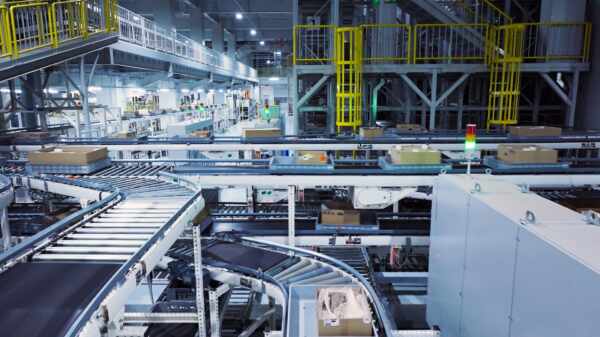The conveyor belt system is the backbone of many manufacturing and industrial facilities, playing a crucial role in material handling and transportation. With time, wear and tear can lead to the diminished performance or even complete failure of a conveyor belt system, directly impacting your facility’s productivity and efficiency. When faced with a malfunctioning or inefficient conveyor belt system, the critical decision needs to be made – to repair or replace it?
In this comprehensive guide, we will explore the key factors to consider when making this important decision, including the extent of the damage, the age of the system, cost implications, and potential downtime. By carefully evaluating these aspects, you can make a well-informed decision to ensure the continued efficiency, cost-effectiveness, and longevity of your facility’s conveyor belt system.
Deciding Between Repairing or Replacing Your Conveyor Belt System
Evaluating the Extent of Damage
The first step in determining whether to repair or replace your conveyor belt system is to thoroughly assess the extent of damage. This evaluation should consider the following factors:
1. Nature of Damage: Identify the specific problems affecting the conveyor belt, such as tears, punctures, or wear on the surface. Minor issues might be remedied through repairs, whereas severe damage may require complete replacement.
2. Overall System Integrity: Assess the structural integrity of the entire conveyor system, including its framework, support structures, and drive components. A damaged or weakened system may require extensive repairs or full replacement to ensure safe and efficient operation.
3. Repair History: Evaluate the previous repair history of the system. If the conveyor belt has undergone multiple repairs, it may be more susceptible to future issues and a replacement could be a more cost-effective long-term solution.
Assessing the Age and Lifespan of the System
The age of your conveyor belt system and its remaining lifespan are critical factors to consider when deciding between repair and replacement. Key points to evaluate include:
1. Expected Lifespan: Compare the current age of the system to its expected lifespan based on the manufacturer’s guidelines and industry standards. If the system is nearing the end of its life, investing in a replacement might be more prudent.
2. Technological Advances: Consider the technological advancements in conveyor systems since the installation of your current system. Upgrading to a newer, more efficient system could yield significant improvements in performance and energy efficiency.
3. Potential Maintenance Costs: Assess the ongoing maintenance costs associated with an ageing system, as these expenses can add up over time. A newer system may require less maintenance and ultimately result in cost savings.
Analysing Cost Implications
Understanding the financial implications of both repair and replacement options is instrumental in making an informed decision. Take the following aspects into account:
1. Immediate Costs: Compare the estimated costs of repair against the cost of a new conveyor belt system. Factors to consider include the price of parts, labour, and any additional equipment needed for repairs or installation of a replacement.
2. Long-Term Cost Savings: Consider the potential long-term cost savings that could be gained from replacing the system, such as reduced maintenance expenses, increased energy efficiency, and decreased downtime.
3. Return on Investment: Analyse the return on investment for both options, factoring in potential improvements in productivity, reduced operating costs, and the lifespan of the repaired or new system.
Considering Downtime and Productivity Impact
The impact on your facility’s productivity and the downtime required for repairs or replacement should be considered when making your decision. Key aspects include:
1. Repair Timeline: Determine the estimated duration for completing the necessary repairs and compare it to the time required for installing a new system. The shorter the downtime, the less impact on your facility’s productivity.
2. Effectiveness of Repairs: Evaluate the likelihood of repaired conveyor belt system providing a long-lasting, efficient solution. If there’s a high chance that further issues could arise, resulting in additional downtime, a replacement might be a more effective solution.
3. Facility Scheduling: Consider your facility’s production schedule when planning downtime for repairs or replacement. Strategically timing the work can help minimise disruptions and maintain productivity.
Conclusion
Deciding whether to repair or replace your conveyor belt system can be a complex decision, requiring the careful evaluation of damage extent, system age, cost implications, and downtime impact. By thoroughly considering these factors, you can make the most informed decision for your facility, safeguarding productivity, efficiency, and long-term success.
Rely on the expert advice and guidance of Change Parts when making this critical decision. With a wealth of experience in providing high-quality conveyor belt systems and services, Change Parts can help you determine the most appropriate course of action for your needs, ensuring optimal performance and longevity of your conveyor belt system.
Ensure the continued efficiency and reliability of your conveyor belt system with the support of Change Parts. Contact our expert team today for tailored advice and guidance, helping you make the best decision between repairing or replacing your conveyor belt system.




